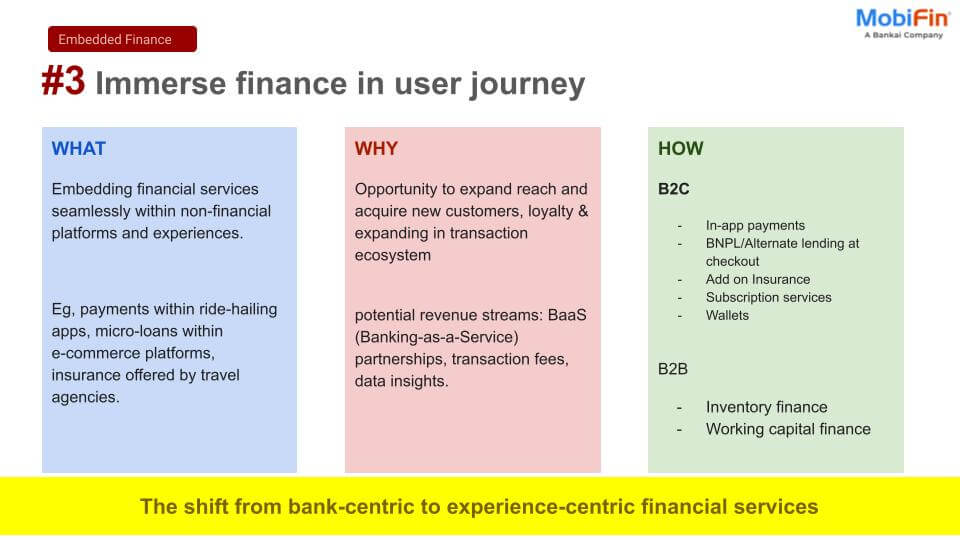Without a streamlined target and performance management solution, effectively allocating targets becomes challenging, leading to unfair reward distribution. In the game of business, when targets are reached, goals become the ultimate victory.
Tree-based target management: Rooted in mission
Assigning the right targets to each agent based on their expertise and market potential is a structured process in a dynamic agency banking platform. Agents are onboarded within a tree-based hierarchy, where each branch plays a vital role. The agency banking service provider or parent agent assigns motivating targets to individuals or teams of agents, ensuring each entity is empowered to fulfill the mission.
Target types
- Number of onboard users: Set specific targets for agents to onboard users, such as customers, fellow agents, or other user categories, aligned with your business goals. This approach to user onboarding goes beyond just meeting numerical targets; it’s about fostering growth and building strong connections.
- Transaction amount: When it comes to transaction amounts, clarity in goals is essential: fix targets to boost transaction amounts in designated services, such as cash deposits, top-ups, and bill payments, etc. Only the business-specified service amounts count toward the targets, empowering businesses to focus on driving sales for key services.
Target tenure
Define a clear timeline for achieving targets, whether monthly, quarterly, or yearly empowering agents to set their sights on success. This structured approach inspires focused efforts, motivating agents to reach their goals within these dynamic timeframes.
Target recurrence
Establish a period with a fixed date or number of occurrences to conclude the target cycle. Once this defined period ends, agents will no longer receive targets, creating a focused window for commitment and managing task complexity. This benefits the analysis of target performance and setting new strategic targets for agents.
How agents get benefits out of target performance in agency banking
In the fast-paced world of agency banking, motivating agents is key to driving success. To maintain the commitment to achieve challenging targets, agents must receive a benefit amount for their target performance. To harness this potential, your business must craft an effective strategy to reward your agent networks.
This amount can be either fixed or percentage-based, with a maximum threshold to ensure balanced rewards against target performance, and it can be established for two types of performance-based benefit calculations.
Target benefit calculations
- Target achievement: Benefits are calculated based on a slab-based system where agents receive rewards for each milestone reached until they meet their assigned target value. This structure ensures that every step toward the target translates into monetary rewards, motivating agents to stay focused and driven.
- Target exceedance: When agents reach their assigned target value, their benefits begin to accumulate based on their performance beyond that target. This recognizes their exceptional contributions and encourages a culture of excellence by rewarding those who exceed expectations.
Benefit disbursement
Weave the framework for agents’ achievements to receive their benefit amount either on the day they achieve their target or upon the completion of the target tenure. This timely reward system provides agents with insights into when and how much they will receive, empowering them to manage their finances effectively.
Target value monitoring and distribution within the agent hierarchy
Should the achievements of child agents be counted toward the achievements of the parent agent? Which parent agent is authorized to distribute target values to its child agents? The agency banking service provider’s fingertip holds the key to configuring target value monitoring and distribution within the agent hierarchy level, ensuring performance objectives align with the overall business strategy.

Agency banking service providers allocate targets through the backend admin panel software, while parent agents assign targets using the frontend agency banking software. Together, these two roles are essential for target assignment to an individual or team of agents.
Fix target and performance management in agency banking with the all-in-one MobiFin platform
Achieving agency banking goals begins with clear targets and an effective performance management solution. By aligning well-defined targets with each agent’s abilities and market potential, organizations can reward exceptional performance among agents, and boost revenue. Regular feedback on the agency banking platform provides valuable insights, enabling organizations to enhance strategies and drive success.
MobiFin transforms the agency banking platform by allowing service providers and parent agents to assign targets effortlessly across the hierarchy. This streamlined process, coupled with timely rewards that recognize achievements, empowers agents to excel. By turning target management into a dynamic catalyst, every milestone becomes a steppingstone to achieving business goals.
Our agency banking platform offers customizable solutions for targets that go beyond onboarding users and transaction amounts, ensuring a perfect fit for your project requirements. Additionally, the feedback management system gathers insights from both agents as well as customers, delivering valuable data that guides strategic decisions.
Schedule a personalized demo with our experts today and discover how our dynamic platform can propel your agency banking goals forward.













